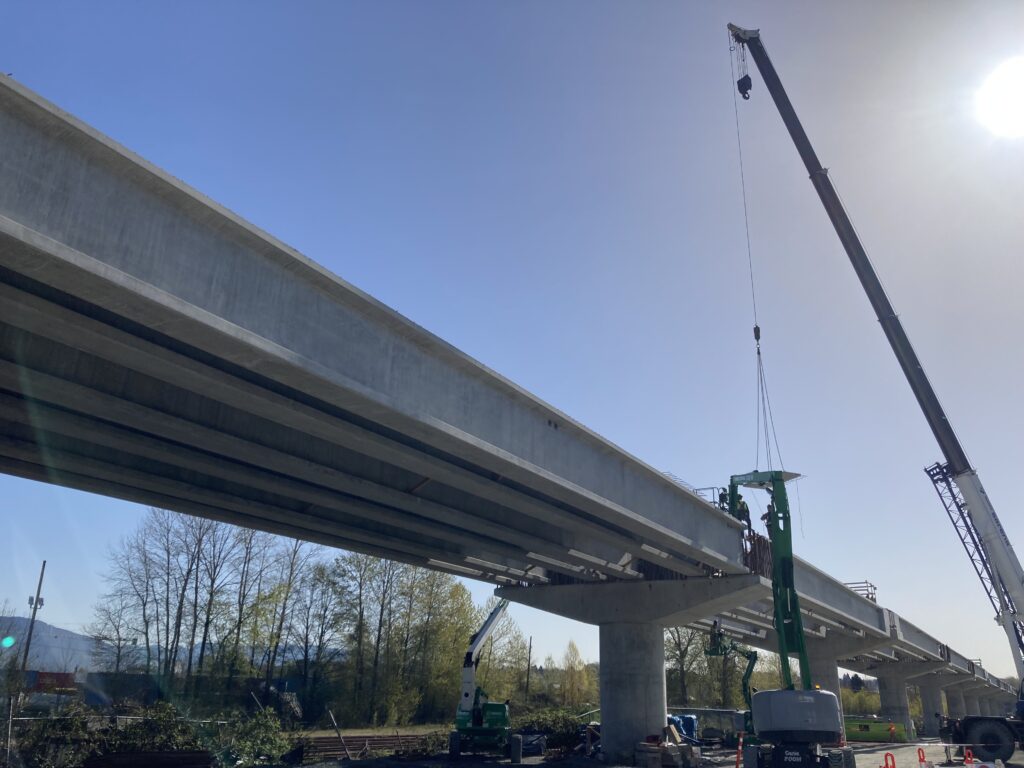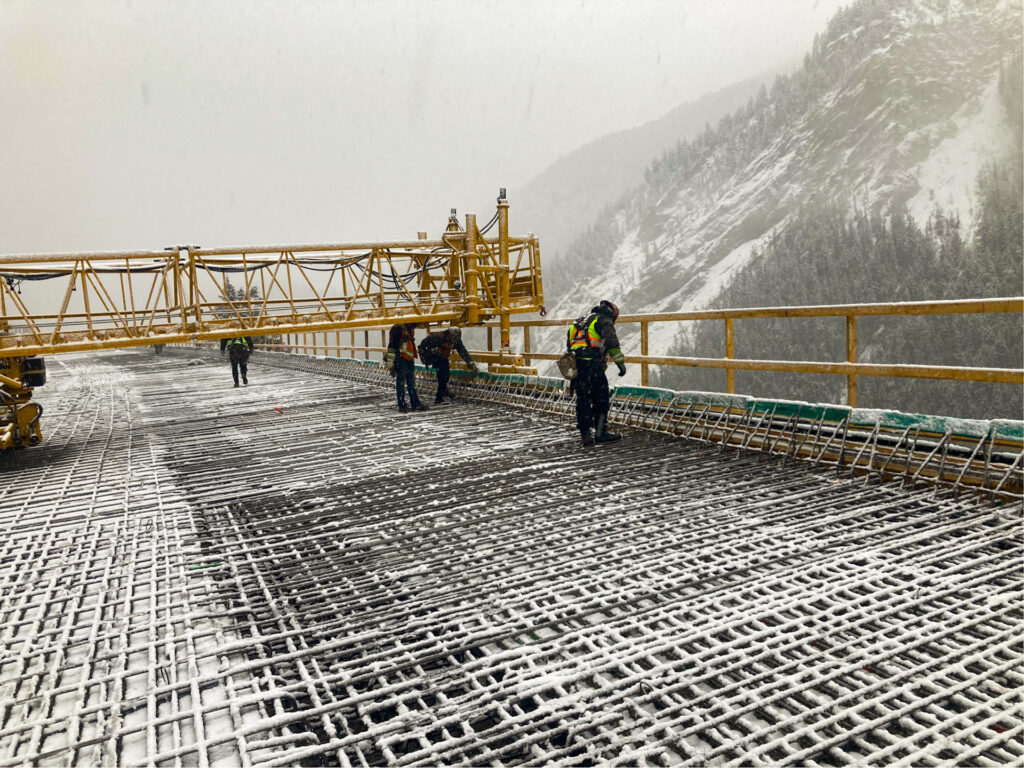Governance
Image by: Elena Berd
LEADERSHIP

Chair, Stephen Dyck, SNC Lavalin
Across Canada there are unprecedented levels of investment in infrastructure. These investments will shape Canada’s long-term success in terms of economic growth, improving the quality of life and promoting equity, and mitigating environmental impact. This working group aims to help governments deliver greater value from investments by setting up effective systems and processes from planning to delivery, to operations
Priorities
Stable, predictable market
Provides certainty for companies to invest in talent and equipment, and an ability for government to coordinate their investments to meet their policy goals in a more cost-effective way.
Focusing on lifecycle outcomes
Putting an emphasis on the whole life and not just construction of infrastructure, reduces running costs, delivers more functional working environments, better experiences for end users, and rewards responsible owners who keep their facilities maintained.
Collaboration and open communication
Delivering projects based on open communication, quick decision-making and problem solving together, and incentivizing good performance reduces the risk of delays and cost overruns.
FEATURED THINKING
Canada’s National Infrastructure Assessment
The National Infrastructure Assessment is an important first step that will help lay out a comprehensive approach to build an evidence –based, independent approach to planning and delivering infrastructure across the country.
ACTIVITIES

Reducing Risk in Transit Projects

Infrastructure Governance in Canada


